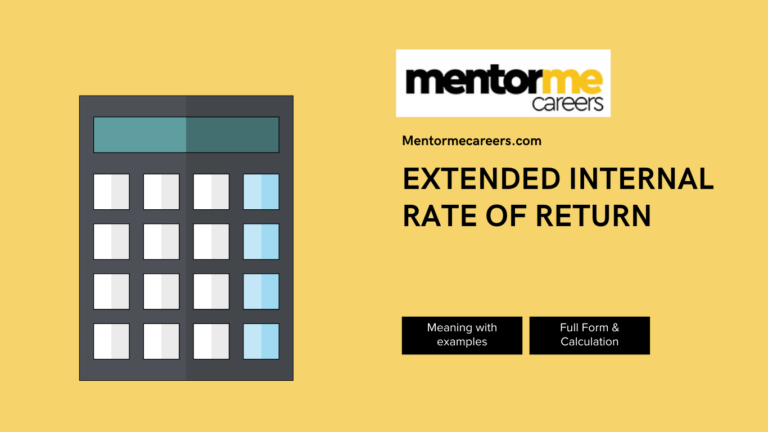Last updated on October 23rd, 2024 at 02:51 pm
Walmart is known for its edlp strategy and consistent pricing, which is a key part of its competitive advantage. The company uses a variety of strategies, such as bulk purchasing, efficient supply chain management, and low overhead costs, to keep prices low for customers. Walmart’s slogan “Always low prices” emphasizes this strategy.

What is EDLP?
ELDP, which stands for EveryDay Low Pricing, is a pricing strategy in which companies promise consumers consistently of low prices on products without having to wait for sale events. In this pricing strategy, the company sets a low price and maintains it over a long time. The products are discounted over a longer period of time at a constant rate instead of releasing sale events. These retailers & retail chains provide products at their store at a continuous lower price for all of their products, thus focusing on the quality of their product instead of marketing their products.
Rationale of edlp strategy
In many marketing studies, consumers have indicated that they are more content with consistently low prices than wild price swings. These are the reasons why the EDLP strategy works efficiently:
- Simplifies decision making – Consumers do not have to worry about the product going out of sale in the following weeks
- Reduced consumer search costs – Consumers spend less time comparing prices among different stores to get the best deal.
edlp strategy vs. High-Low Pricing
The following are the key differences between the Everyday Low Pricing and High-Low pricing:
- High-Low pricing strategy focuses on promotional and sale events temporarily. Whereas Everyday low pricing strategy focuses on providing the products at a cheaper price for a longer period of time.
- High-Low rising events last for a very short amount of time. Everyday low price goes on for a long duration and does not depend on any special events or occasions for the discount.
- In the High-Low pricing strategy, product prices of the retailers are kept relatively low compared to the prices of the product in case of an Everyday low pricing strategy.
- In the High-Low pricing strategy, the retailer incurs a high cost for the advertisement of the event and their discounted products compared to the low advertising cost in the case of an EDLP strategy.
Advantages and Disadvantages
Advantages:
- EDLP creates a constant flow of customers. This eliminates the need for any sale event for the low price of the product.
- Retails store saves their fund and pricing over the sudden increase in movement and fulfilment of products in case of sale events.
- Stores save funds by not having to provide more workforce needed to operate during special events.
- EDLP helps the retailer in focusing on the quality of their products.
- The constant demand helps the stores in predicting the future demand which will help in stocking only a sufficient amount of product. By doing this, a lot of wastage will be avoided.
Disadvantages:
- EDLP offers lower prices which result in lesser profits for the retailers. This can only be neglected if the retailer has enough retail of the products in quantity and maintains the demand.
- Reducing the price of the products may invite price competition from the customer which may lead to bad retailer’s business as well as bad economic growth of the market.
- The retailer opting for EDLP cannot introduce any sale event as it will create distrust in the customer of the retailer as the customer will come to believe that the everyday prices of the retail shop are higher than the expected price in the sale event, which could result into a bad image of the retailer.



